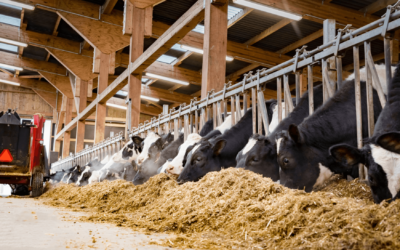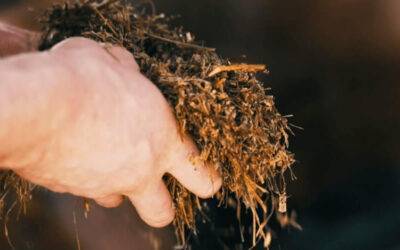Feeding cows, optimizing by minimizing
Nutrition is by far the most expensive part of a dairy farm. It accounts for roughly 60% of the total cost. The optimal use of feed is therefore of great importance on a dairy farm.
A method to minimize feed costs is to optimize refusal feed. The focus is on always offering feed for a cow. So she can always take that extra bite. An empty bunk has a direct link to milk production and therefore income. It is therefore of great importance to always feed more food than they will eat so that every cow eats that which they could. In terms of health, it also has major consequences if the cows could not eat maximally. When feed is restricted, ruminal pH can become very high. A high pH inhibits lactate utilizers, leaving the rumen ecosystem more susceptible to ruminal acidosis. During this situation, microbial balance is disrupted and cattle tend to overeat when feed is re-offered, thereby increasing their risk for acidosis by overeating a large first meal.
It is clearly costly to have cows look at an empty bunk, but a large proportion of residual feed is also not economical. Each percent of residual feed costs € 0.03 to € 0.05 per cow per day or € 3,600 per year on a farm of 200 cows.
If one farmer has 5% too much one day and the other day the cows are without food for two hours, this has major consequences for the production and health of the dairy cows as well as the income. It is therefore of great importance to minimize the residual feed every day by keeping it the same every day. Feed precision is therefore essential here because it ensures that each cow receives the same amount of feed every day and thus the fluctuations in the residual feed are minimized. Think here of fluctuations of cow numbers, fed food and the extreme dry days or rainy days. By minimizing these variations, a farmer can go down 3% in residual feed without negative effects on production and health in the cows. This saves on a farm of 200 cows up to € 10,000. Especially in times where feed prices are high.




